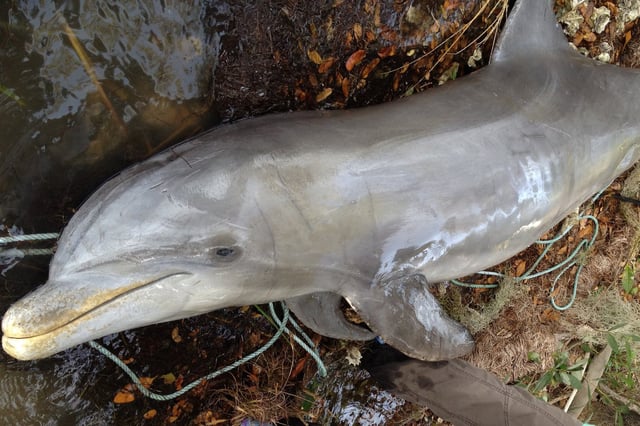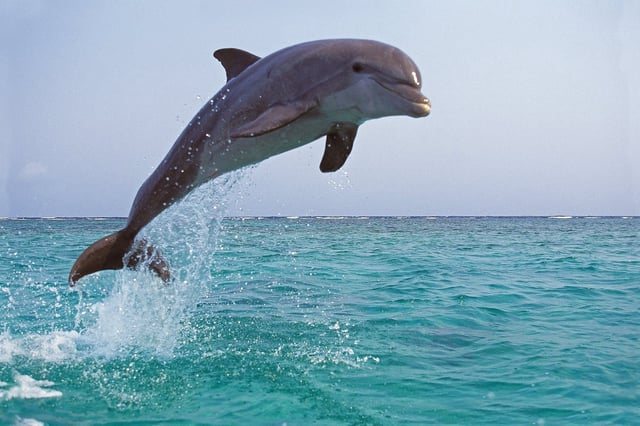Overview
- A 2011 phytoplankton bloom in Florida's Indian River Lagoon, fueled by human waste and fertilizer runoff, led to a severe disruption of the ecosystem.
- The bloom caused a 50% decline in seagrass and a 75% loss in macroalgae, key habitats for dolphins' prey, reducing food availability.
- Dolphins shifted their diets, consuming up to 20% fewer nutrient-rich ladyfish and 25% more less-nutritious sea bream, increasing energy demands and malnutrition.
- Starvation-related deaths among dolphins spiked to 61% in 2013, compared to an average of 17% between 2000 and 2020, with 64% of observed dolphins underweight.
- Efforts to reduce nutrient pollution are ongoing, with scientists projecting that safe levels could be achieved by 2035, potentially restoring ecological balance.

